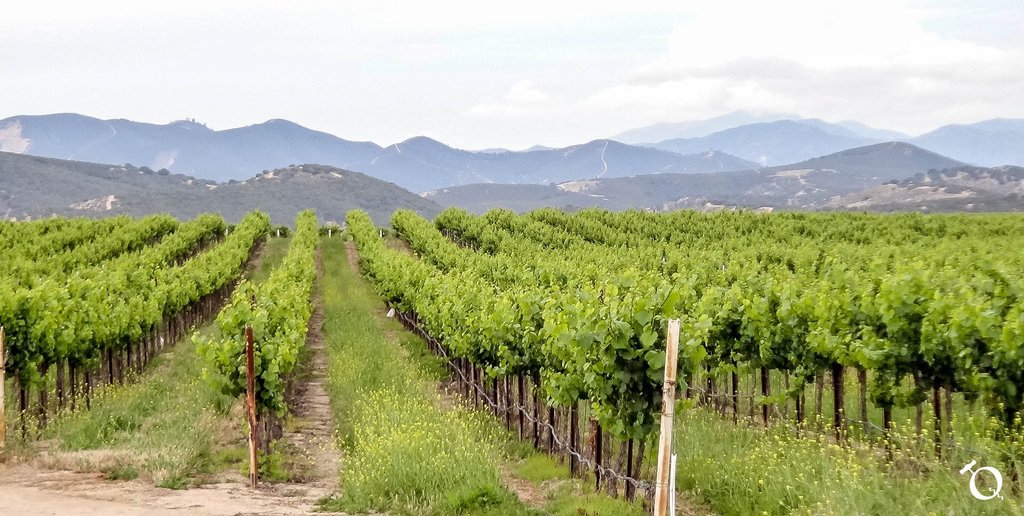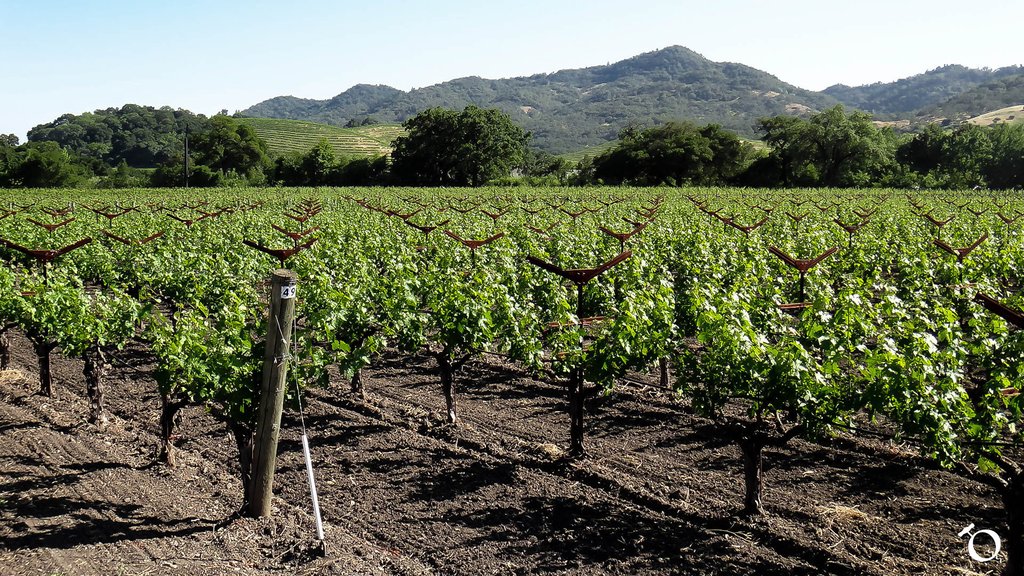Unlike most of the Lodi area American Viticuttural Areas which mainly grow red wine grapes, the Cosumnes River appellation produces a significant amount of white wine. Located between Sacramento and Lodi, California the Cosumnes River appellation is located in the low river plains among wetlands, levees, sloughs and creeks.
The name of the area as well as the river comes from the native Miwok peoples words for the type of people who settled in the area. Cosumnes refers to the residents being the “Salmon People”. Salmon still run in the river up to Rancho Murieta as the river draining west of the Sierras that has no major dam. Because of this, the area is subject to occassional flooding or may even dry up at times. The topography of the region slopes downward from the highest points in the eastern portion of the appellation to the southwest corner. The river runs downstream through the AVA until in converges with the Mokelumne River and then into the Sacramento-San Joaquin River Delta leading to the Pacific.
This topography allows cool moist air to travel up the river delta cooling the river valley and creating maritime and inland fog in the region which cools the environment but is dissapated by the moderate winds blowing down from the Sierra Nevadas. The soils are young and alluvial near the many water sources with older San Joaquin series deep, red, gravelly loamy clays covering fanning over the region.
Like many of the new Lodi AVAs there is only one winery in the Cosumnes River Viticultural Area. The property has been a working ranch for five generations and began planting grapes on the property in 1993. Cold weather vines do well here, and the region is known for its Sauvignon Blanc and Chardonnay.














